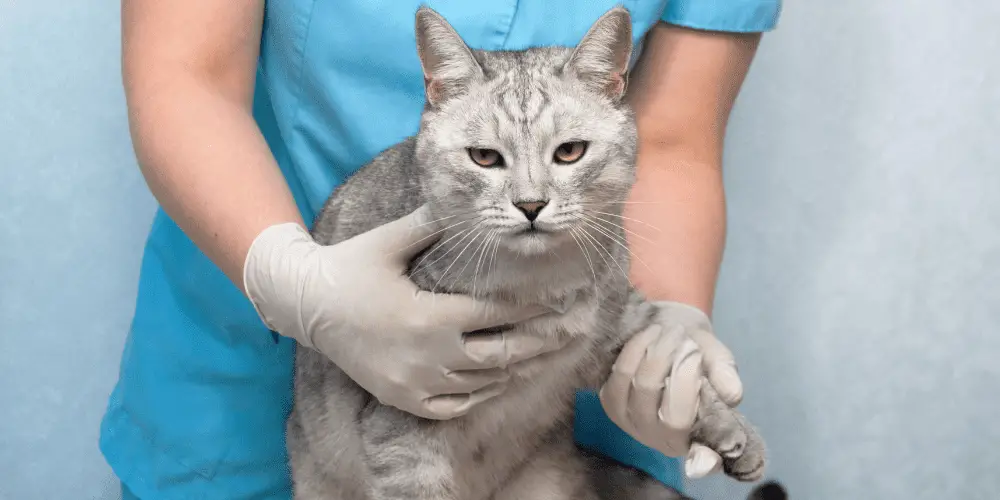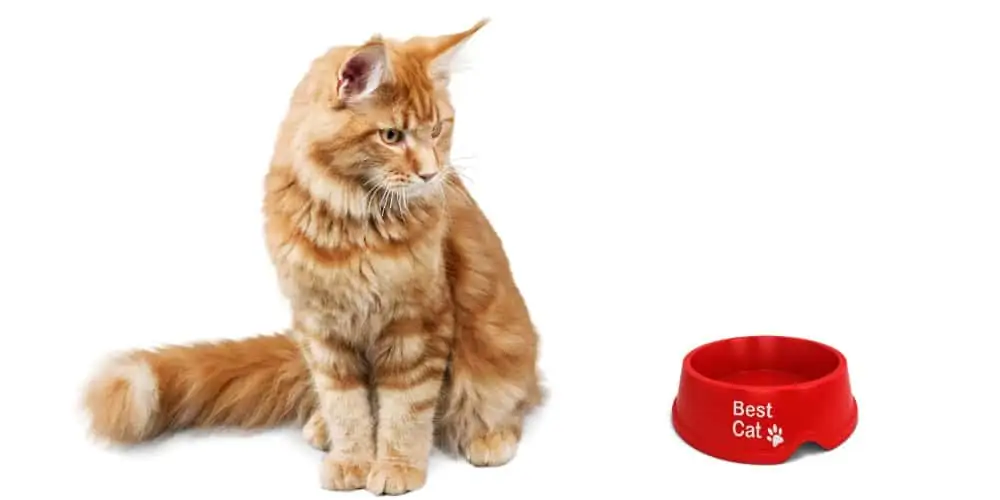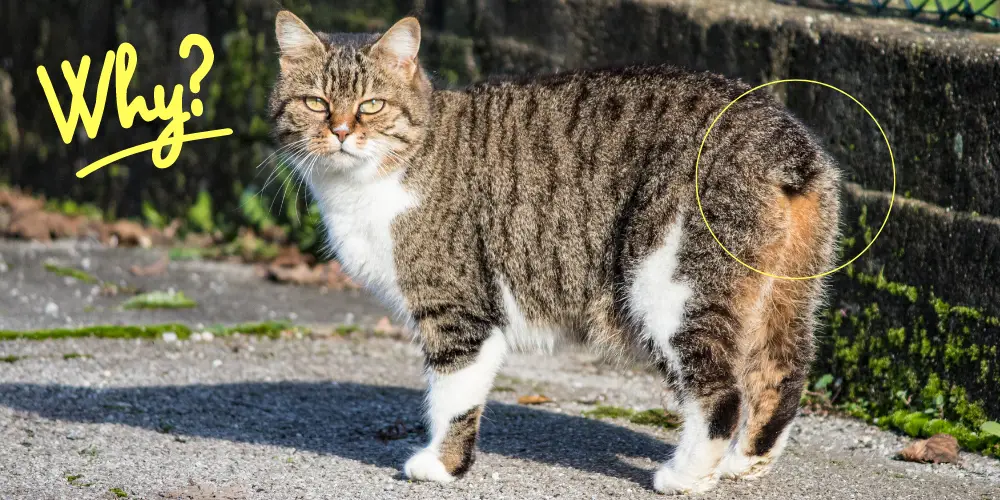Cats are notoriously graceful with a smooth gait and seamless coordination. If you have a cat that seems like it missed the memo in this department, it may be suffering from Feline Cerebellar Hypoplasia.
Feline Cerebellar Hypoplasia (otherwise known as CH or wobbly cat syndrome) is a neurological disorder that causes incoordination and unsteadiness. It begins in the womb within two weeks before birth, when the cerebral functions are rapidly coming together. It becomes evident at around five or six weeks.
At around the 5–6-week period, kittens are accustomed to walking and running, and have built a measure of strength in their members enough to steady themselves. Kittens who remain off-balance and wobbly beyond the sixth week may have an issue with feline cerebellar hypoplasia.
Kittens in the womb can contract cerebellar hypoplasia if it is injured somehow while in utero, severe malnutrition of its mother, or if the mother contracted:
Panleukopenia– Highly contagious viral disease.
Parvovirus– A potentially fatal viral disease that can affect cats and kittens.
Symptoms of Feline Cerebellar Hypoplasia
There isn’t a “one size fits all” measure of severity when it comes to symptoms. Some cats that suffer from CH might barely show it while others might not be able to exist in a meaningful way without constant assistance.
The symptoms of wobbly cat syndrome do not get worse over time, so what a kitten seems to be suffering will be the same throughout adulthood. The bad news about this is it won’t improve or get any better, but the good news is it won’t get any worse.
The expected symptoms of a cat or kitten with CH are:
- Uncoordinated Walking
- A Sway While Standing or Walking
- Head Tremors
- Intention Tremors
- Hypermetria
- Reoccurring Stumbling
- Inability to Jump High
Uncoordinated Walking
When a cat is walking with hampered coordination, the cat looks rather intoxicated. It has a problem with maintaining balance while in motion, and different limbs might look like they’re all moving at different speeds.
Out of all the symptoms listed above, this one can improve over time, as the cat learns to cope and gain new strengths around the problem. The problem is still there, but the cat will have adapted to the incoordination.
A Sway While Standing or Walking
In this case, the cat isn’t showing any signs of uncoordinated movement between limbs but gives off the appearance that it’s been on a boat for too long. Swaying back and forth like it’s rolling along with the waves.
It can happen when they’re walking, but it’s more noticeable when they’re standing still. A cat who suffers from both symptoms at the same time (uncoordinated walking and swaying) will have extreme difficulty getting around, depending on the severity of the affliction.
Some cats won’t be able to walk at all if it gets bad enough, or at most won’t get very far. The more severe the CH is, the more difficult the cat’s life will become.
Head Tremors
Head tremors are an uncontrollable shaking of the cat’s head. It’s a repetitive muscle movement that goes back and forth between contracting and relaxing at a fast pace.
This symptom may cause your cat to stand with an “A-frame” type of stance, that might remain when walking. The stance is the cat’s way of stabilizing itself as its eyes are all over the place via the trembling head (or neck).
Intention Tremors
Intention Tremors is not ongoing like head tremors or other symptoms. It only happens as the cat “intends” or prepares itself to do something. It could be anything from preparing for a jump, becoming anxious over something, or while at play.
If a cat is already experiencing tremors, intention tremors will compound the existing condition. So, if a cat with wobbly cat syndrome is exhibiting an amped-up version of existing tremors, it’s probably about to try and do something, or senses that it’s about to have to react to something.
Hypermetria
Hypermetria is what creates the “goose-stepping” gait of a cat who suffers from Feline Cerebellar Hypoplasia. This symptom ranges from muscular difficulty to a complete lack of ability to measure space.
Reoccurring Stumbling
As a symptom, this happens when muscles cross signals and different limbs wind up doing different things. However, this can also happen with any combination of other symptoms as well.
Inability to Jump High
Cats suffering from CH tend to be unable to perform any meaningful kind of jump that other cats can. Its brain has trouble getting all of its ducks in a row for the cat’s muscles to do what they need to do to make the jump.
Also, any combination of the aforementioned symptoms alone can have a major impact on the cat’s high jump abilities.
Treatment
Unfortunately, there is no treatment available to either cure or make life easier for cats who suffer from cerebral hypoplasia. This is a permanent condition of the cat’s brain.
Depending on the severity of the symptoms, cat breeds with CH often give the appearance of getting better, however, this is not the case. What’s happening is, the cat is figuring out different ways to get around certain obstacles, compensating for the impairment.
As hampered as the cat will be throughout its life, it isn’t going to be experiencing pain from this condition. It will have been experiencing it from birth, making it know no other way of life.
Life Expectancy
The life expectancy of a cat who suffers from wobbly cat syndrome will not be affected at all due to the condition. It’s not a deteriorative type of disease, where things get worse and worse, eventually cutting the life of a cat short.
It can live a good long life, albeit looking far worse than the cat is feeling due to the shaking, wobbliness, or other symptoms.
Final Thoughts
Owners know that their cat is experiencing Feline Cerebellar Hypoplasia, but nobody ever told the cat! They are going to want to do things that other cats like to do, whether they’re able or not.
Because of this, owners need to be a bit more careful with certain things (like whether or not it’s wise to leave their cats outdoors). On the other hand, there’s often no need to treat the cat any differently than other cats, feeling the need to put on kid gloves.


